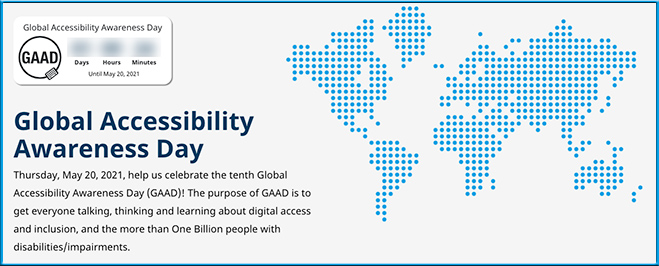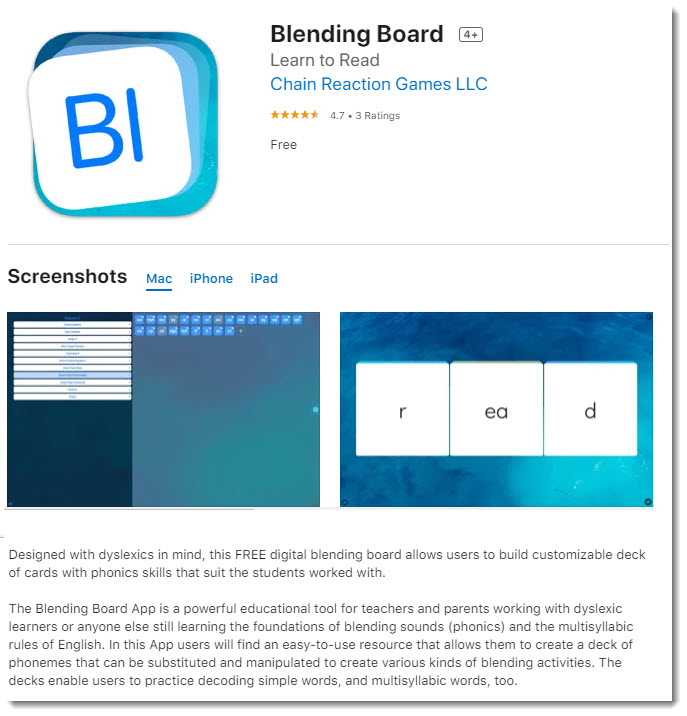Global Accessibility Awareness Day is today!
Help us celebrate the tenth Global Accessibility Awareness Day (GAAD)! The purpose of GAAD is to get everyone talking, thinking and learning about digital access and inclusion, and the more than One Billion people with disabilities/impairments.

Also see:

Also see:
Professional Development for Digital Accessibility: A Needs Assessment — from qualitymatters.org
As the EdTech article, “Improving Accessibility for Students and Faculty with Disabilities,” points out, the approach to accommodations for many institutions is still reactive instead of proactive.
So what can institutions do to become more proactive in their approach to digital accessibility? A 2019 survey of Higher Education Quality Matters Coordinators conducted by Barbara Frey, D.Ed., Point Park University, and Rae Mancilla, Ed.D., the University of Pittsburgh, identified the need for more professional development on the topic. Now, in the final white paper from their three-part series on digital accessibility, Drs. Frey and Mancilla provide a summary and analysis of the survey data on digital accessibility professional development needs.
Highlights include:
-
- The key training areas that course developers can focus on to help faculty
- How administrators can address common barriers to participation in digital accessibility training
- How faculty can contribute to a meaningful accessibility training curriculum
Also see:













